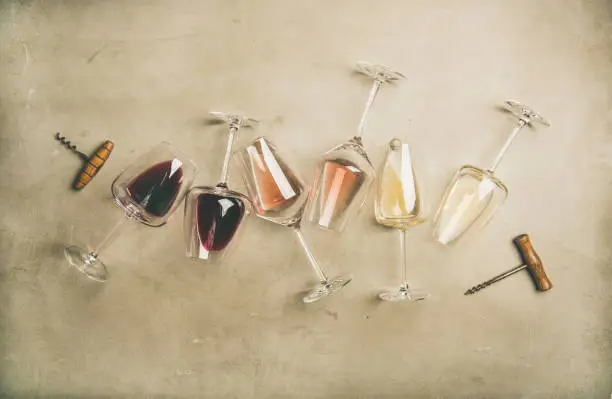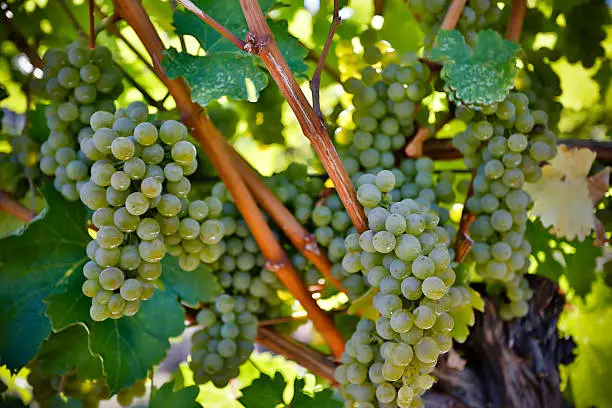

What type of wine is Merlot?
One of the world’s most popular red wines, Merlot (pronounced Mer-low), is made from red-skinned grapes and is known for its soft, fruity flavour.
Merlot also refers to a variety of red grapes used to make wine worldwide, with its name deriving from the French for “little blackbird.”
Merlot vines produce more grapes than other varieties, which ripen early in the season, making them suitable for early-harvest wines that produce food-friendly wine at various price points.
What colour is Merlot?
Merlot’s deep red colour comes from the dark red-skinned grapes it’s grown from. A young Merlot’s ruby red appearance can be semi-opaque to opaque. Typically lighter than Cabernet Sauvignon and deeper than Pinot Noir, Merlot often gives a glint of orange tones on the rim.
However, Merlot changes colour with age, turning garnet as it loses pigmentation and brightness. This colour shift often signifies the wine’s maturity in complex flavour.
How much alcohol does Merlot contain?
Merlot’s alcohol content is usually around 13-14% ABV (alcohol by volume), primarily when it’s grown in cooler regions like France.
However, as climate influences ripeness, its alcohol content can reach 14.5% ABV when grown in warmer regions such as Chile, South Africa, and Australia.
Is Merlot sweet or dry?
Merlot is usually made as a dry wine. Dry wines are produced when, after pressing, the sugar from the grape is converted into alcohol by yeast. When all or most of the sugar is converted, it creates a ‘fully’ dry wine.
It’s important to note that tasting ripe fruit flavours like plum and cherry is not the same as tasting sweetness due to sugar content. However, some residual sugar (RS) is sometimes purposefully left behind to give a hint of richness and sweetness to the wine.
Merlot is often rich in ripe fruit flavours, which might give the palate an impression of sweetness. However, these flavours come from the natural profile of the grape and not from sugar itself. A true ‘sweet’ wine is defined by RS content. Most Merlots are within the dry or off-dry spectrum.

How should I serve Merlot?
Although common wisdom suggests that all red wine should be served at room temperature, the idea is outdated as the temperature of people’s homes varies seasonally.
Furthermore, modern house temperatures are typically 70-75°F regardless of the season – which is far too warm for red wine.
When Merlot is too warm, the alcohol tastes hot, and the flavours are muddled. Keep it too cold, and you’ll mute the aromas and flavours.
As such, the ideal temperature range to serve Merlot is 60-65°F. You can achieve this by putting your bottle in the fridge for 15 minutes before serving.
If you don’t finish the bottle, replace the cork and pop it back in the fridge to keep the flavours fresh for up to 4 days. The wine will start to oxidize beyond that, making it more suitable for cooking.
Bonus tip: Decanting Merlot, particularly fuller-bodied styles, will enhance their flavours by allowing them to breathe.
What foods pair best with Merlot?
Versatile and affordable, Merlot is a fantastic option for pairing with a range of foods.
Choose a fruity, easy-drinking Merlot to accompany white and darker meats like chicken, turkey and pork or a fuller-bodied style to serve with hearty beef and lamb dishes.
Classic, savoury Merlot from Bordeaux goes well with roast meats, duck and mushrooms.
Cheese lovers should pair Gouda or Brie with fruity Merlots or aged Cheddar with more decadent varieties.
Whatever your preference, the trick is to match the wine’s intensity with the dish’s flavours.
What nutritional value does Merlot have?
All alcohol has calories. Typically, a 750ml bottle of Merlot contains around 625 calories. Most of these calories come from the alcohol itself.
For those watching their carbohydrate intake, a standard 150ml glass of Merlot contains around 4 grams of carbohydrates, though this can vary depending on how the wine is made.
Dry Merlots tend to have fewer carbs, while sweeter Merlots (with some residual sugar) will have slightly more. This makes Merlot a relatively low-carb option compared to other drinks.
Always check the label for precise information.
What’s the difference between Merlot and Cabernet Sauvignon?
While Merlot and Cabernet Sauvignon are different grapes, it can be challenging to differentiate them in blind tastings. This is because they come from the same grape family and share a parent, Cabernet Franc.
Wines from this family contain pyrazines, aromatic organic chemical compounds that produce peppery and herbal notes that are more prominent in cooler regions. Meanwhile, Merlot in cooler areas like Bordeaux develops a firmer, more structured, and more savoury character than in warm climates, making it easier to mistake for Cabernet Sauvignon.
Their similarities and complimentary characters mean Merlot and Cabernet Sauvignon are often blending partners in red Bordeaux wine.
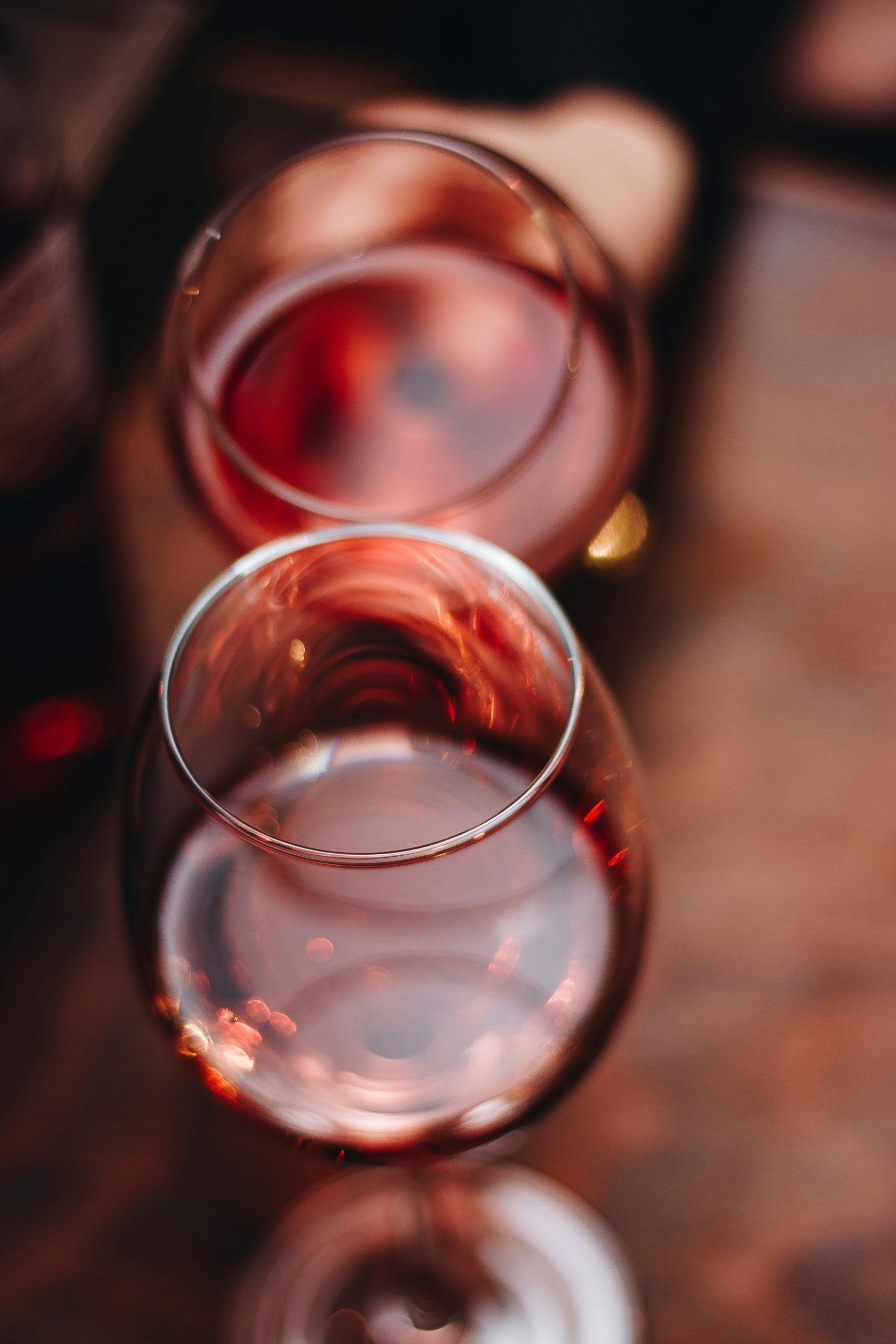
Looking for an elegant, affordable Merlot?
The Chevalier Alexis Lichine Merlot is a fine red wine with a smooth, elegant, and long-lasting taste. The tasting notes include cherry, raspberry, and blackcurrant, coupled with an expressive aroma. The taste lingers on the palate to reveal soft and silky tannins.
 Fine Branded Corporate Gifts
Fine Branded Corporate Gifts 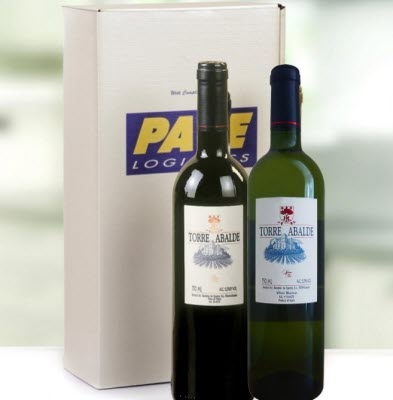 Card Wine Boxes
Card Wine Boxes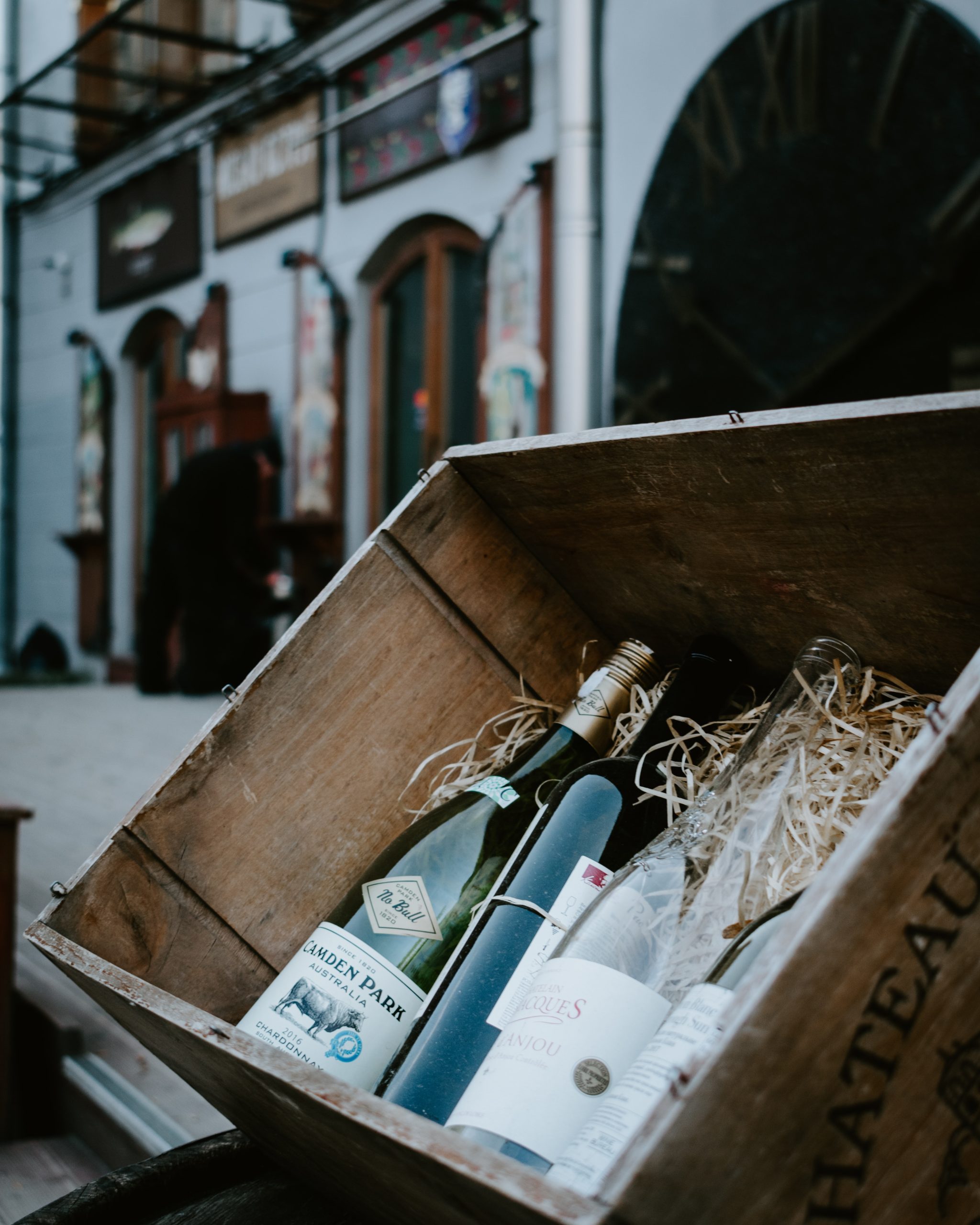 Wooden Wine Boxes
Wooden Wine Boxes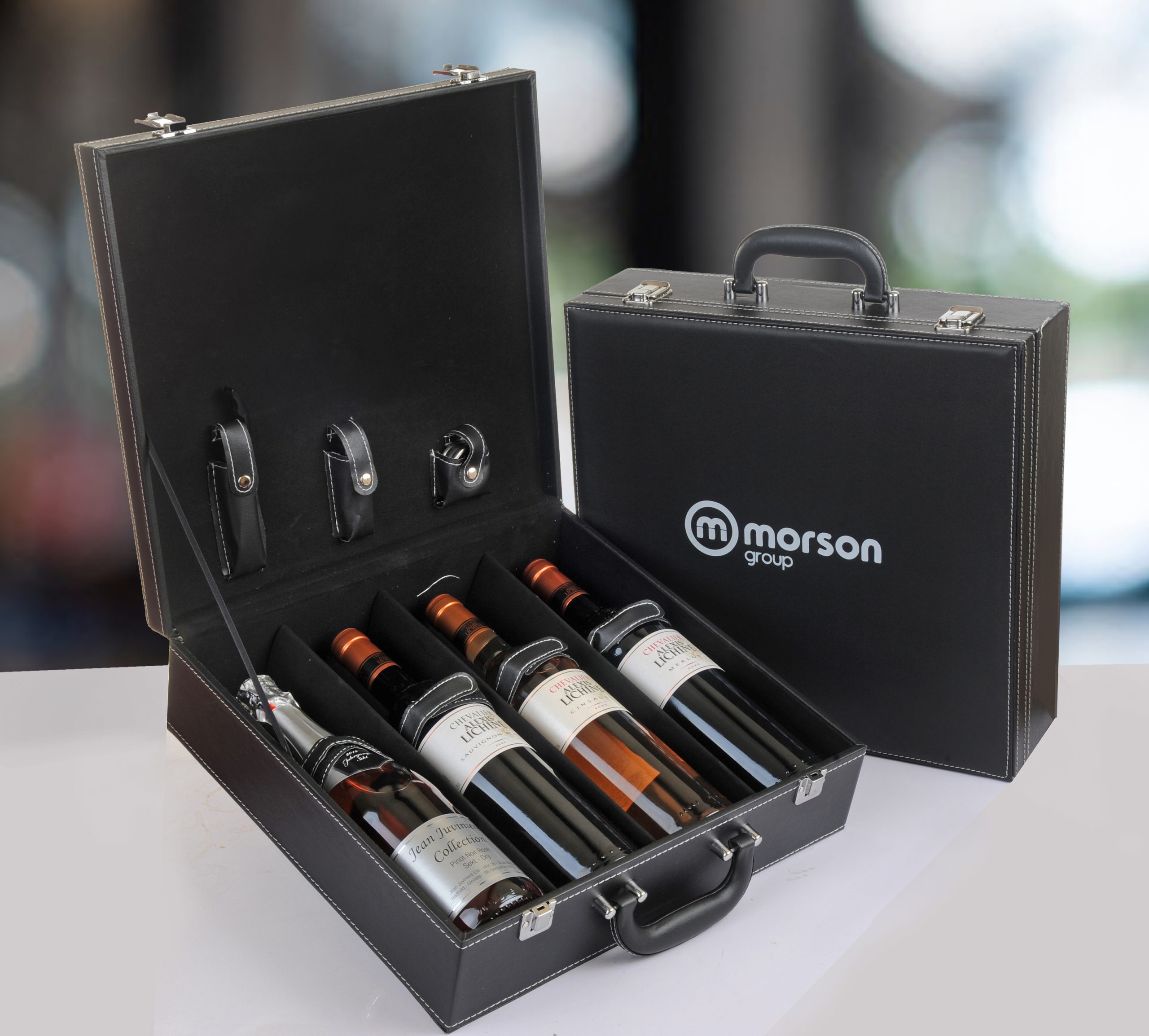 Leather Wine Boxes
Leather Wine Boxes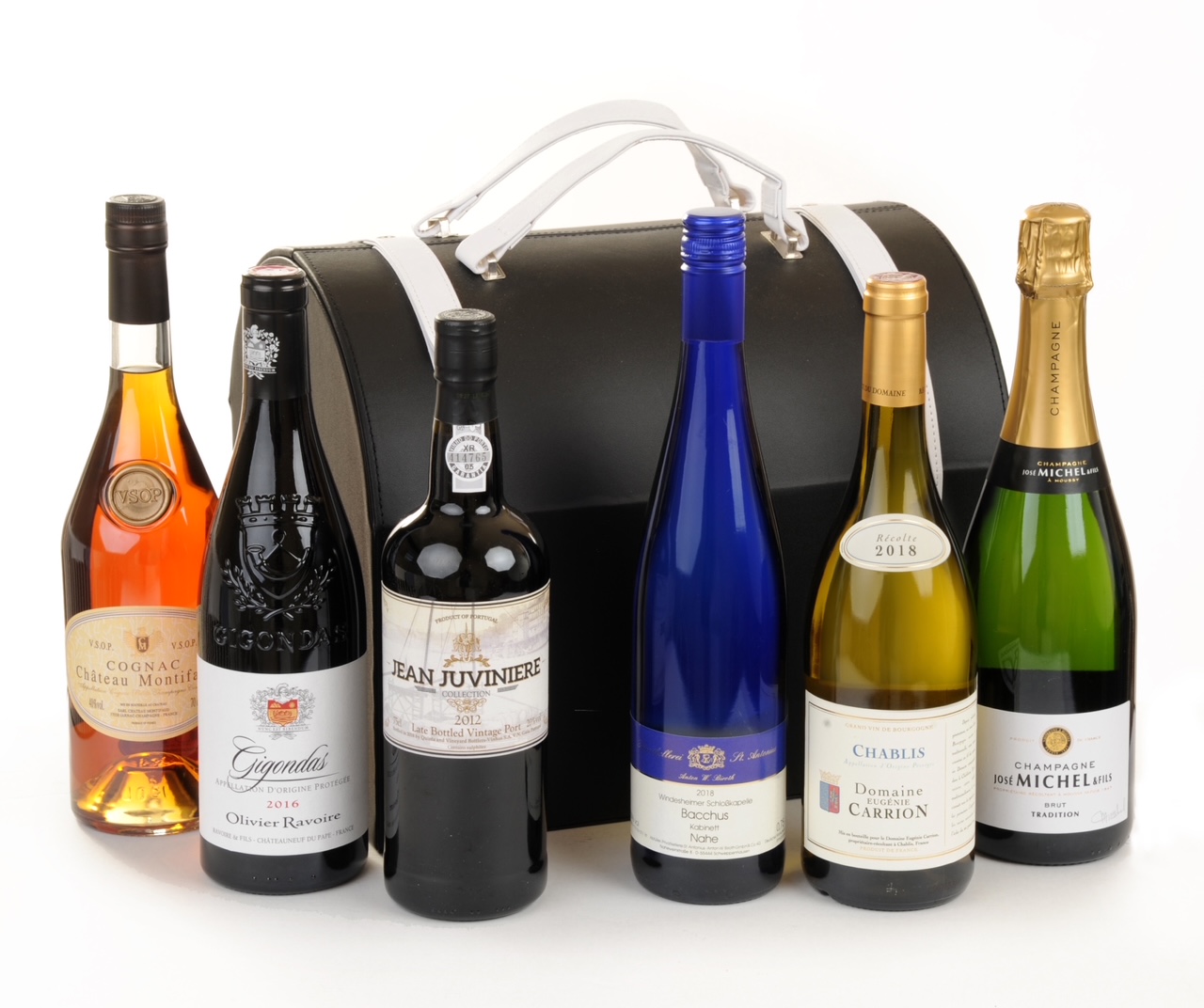 Wine Hamper
Wine Hamper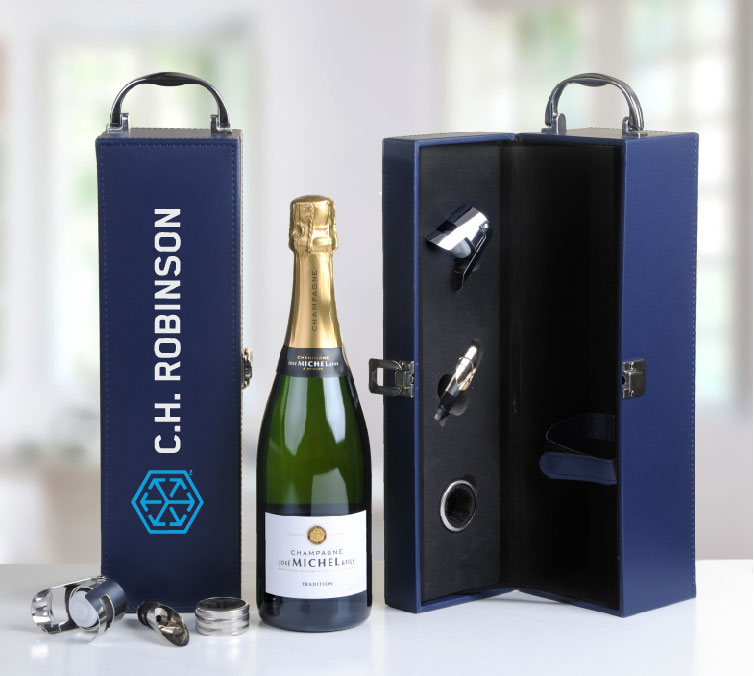 Champagne Gifts
Champagne Gifts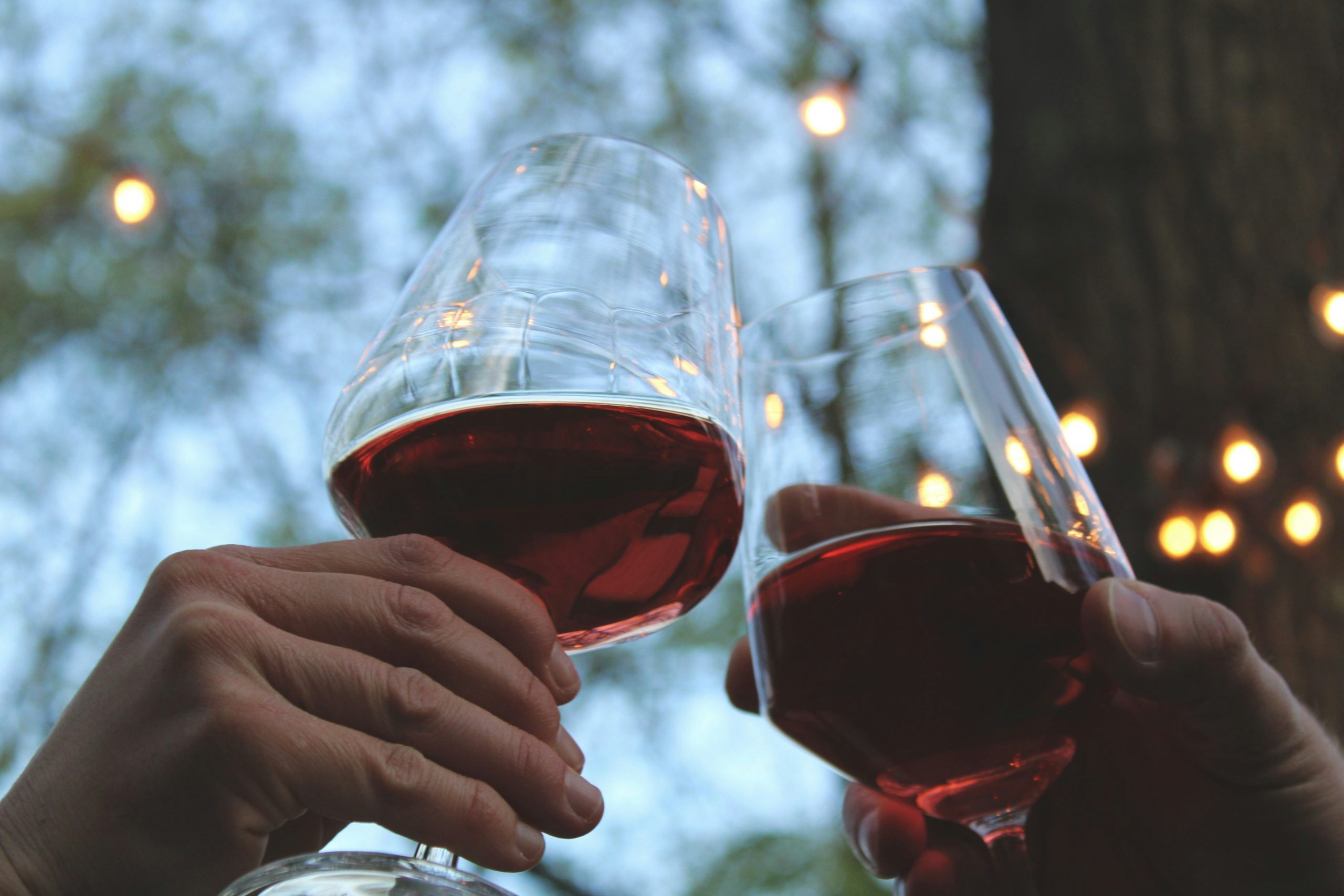 Red Wine
Red Wine White Wine
White Wine Rose Wine
Rose Wine Sparkling Wine
Sparkling Wine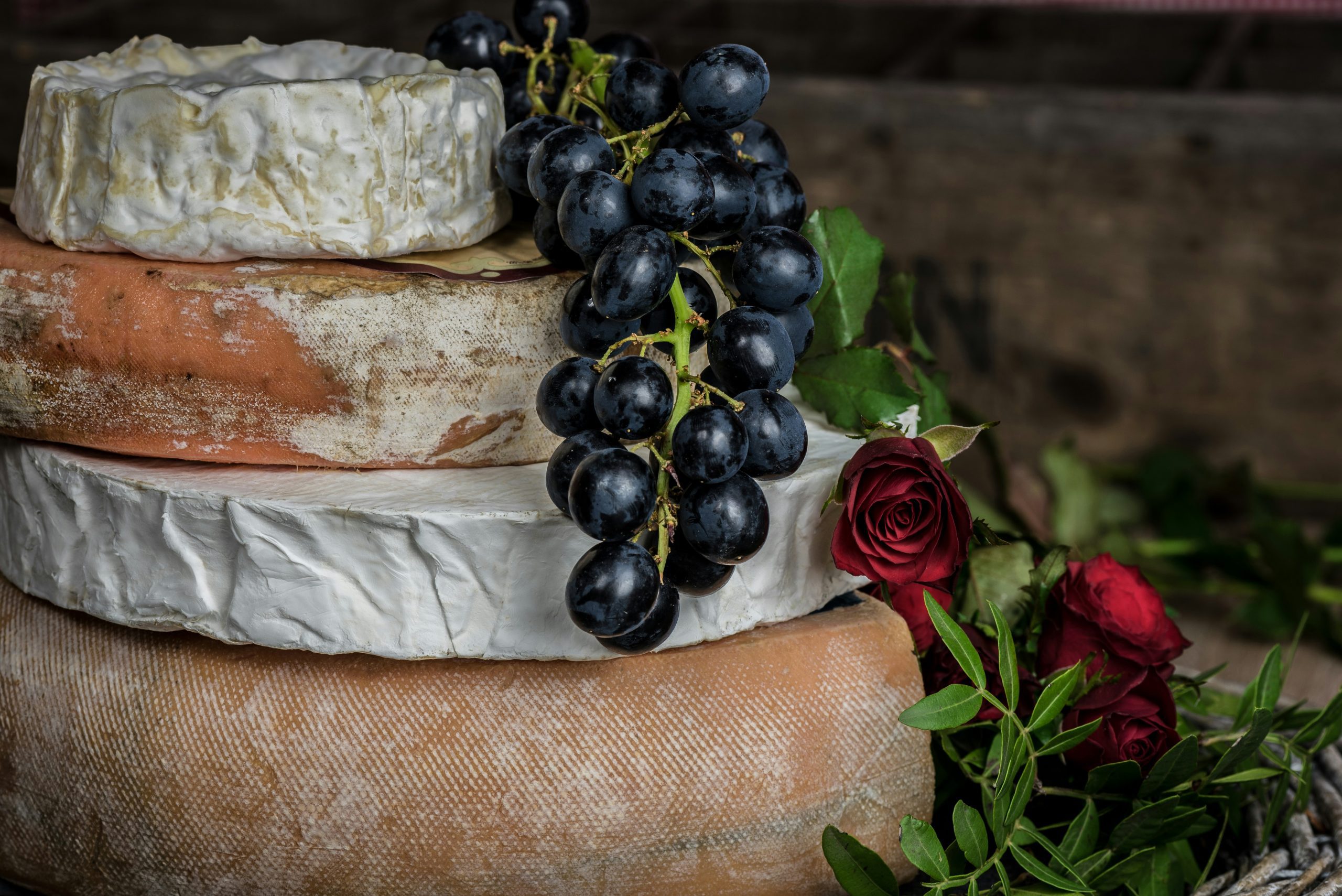 France
France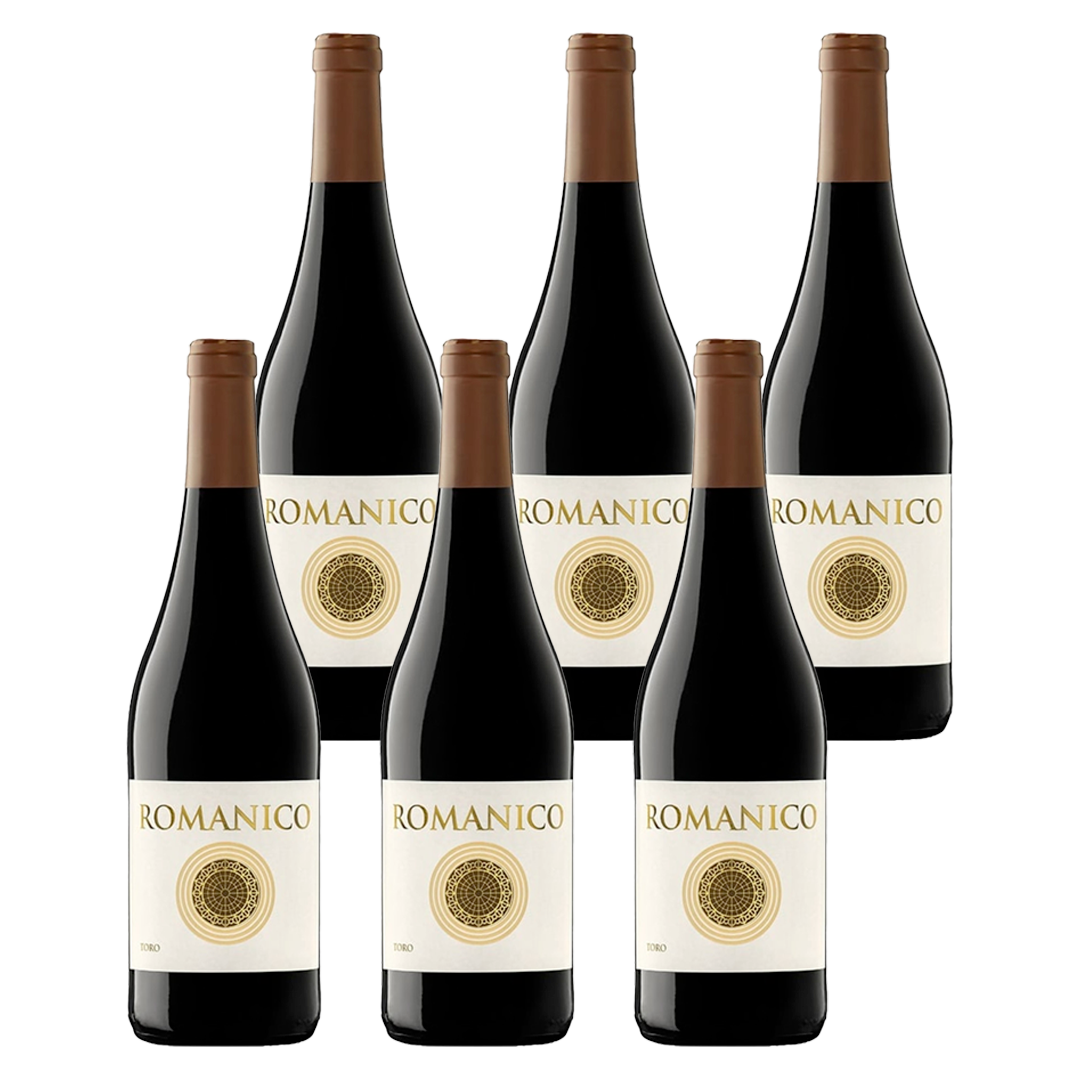 Spain
Spain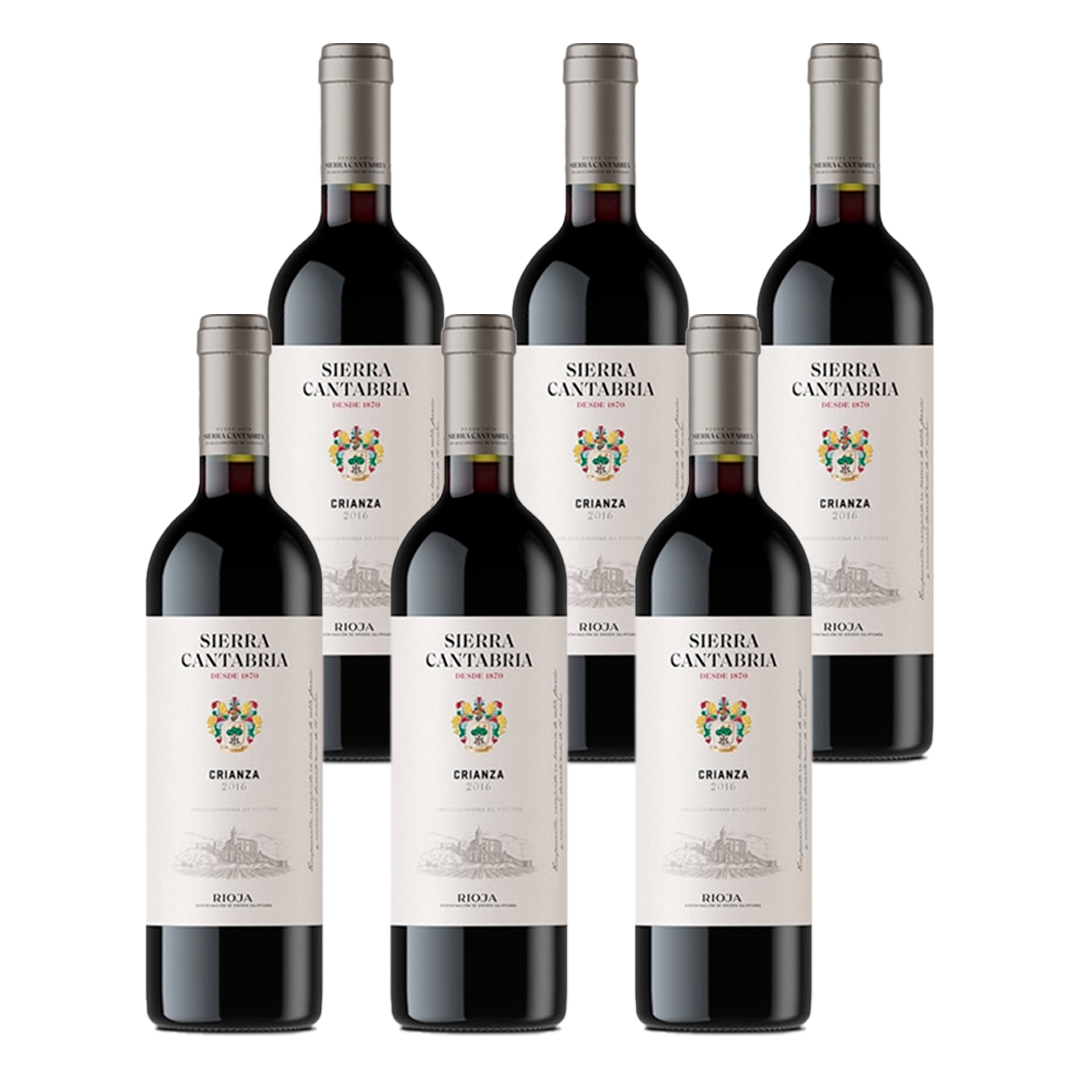 Rioja
Rioja Veneto
Veneto Business Anniversary Wine Gift
Business Anniversary Wine Gift Christmas Wine Gifts
Christmas Wine Gifts Corporate Wine Tasting
Corporate Wine Tasting Company Events
Company Events
